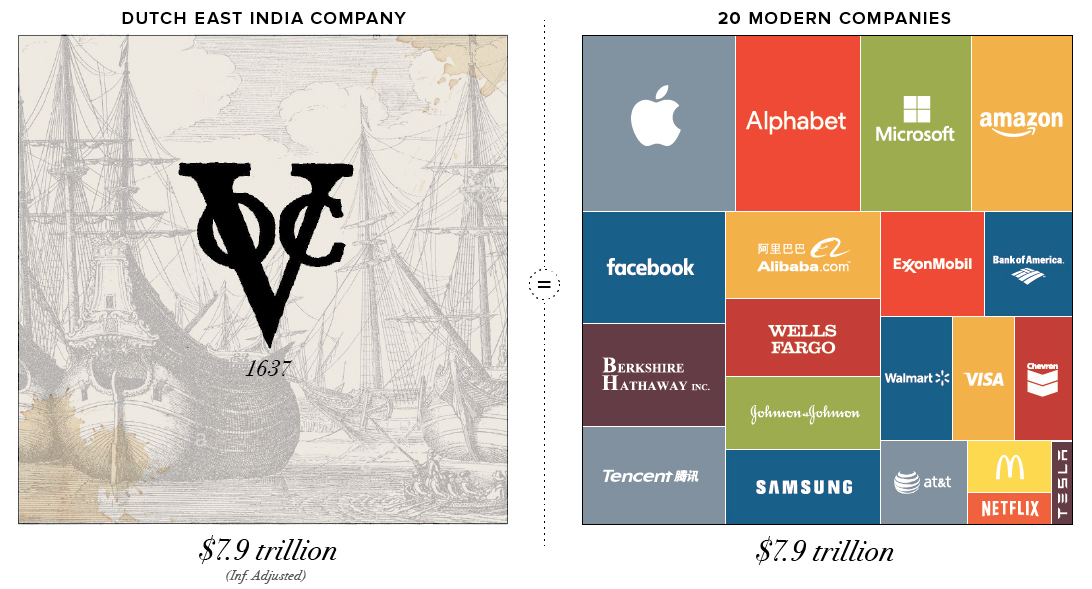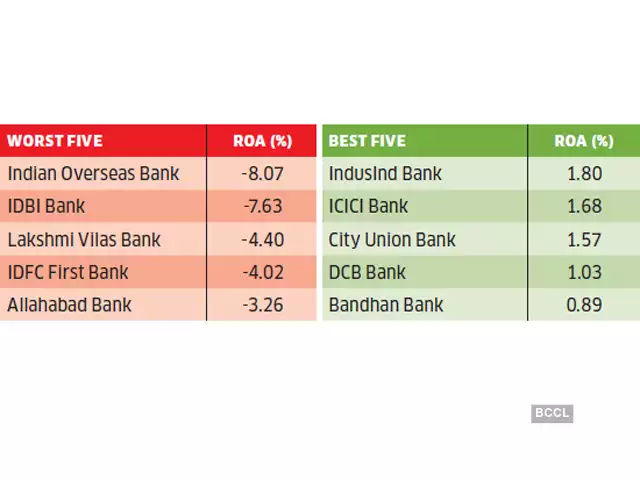Content

(2) Acquisitions of supplies or services that, as determined by the head of the agency, are to be used to support a humanitarian or peacekeeping operation ( 10 U.S.C. 3015), the term means $500,000 for any contract to be awarded and performed, or purchase to be made, outside the United States. (3) Federal award does not include other contracts that a Federal agency uses to buy goods or services from a contractor or a contract to operate Federal government owned, contractor operated facilities (GOCOs). Proposal costs are the costs of preparing bids, proposals, or applications on potential Federal and non-Federal awards or projects, including the development of data necessary to support the non-Federal entity’s bids or proposals. Proposal costs of the current accounting period of both successful and unsuccessful bids and proposals normally should be treated as indirect (F&A) costs and allocated currently to all activities of the non-Federal entity. No proposal costs of past accounting periods will be allocable to the current period.
- (4) Accounting records, actuarial studies, and cost allocations (or billings) must recognize any significant differences due to types of insured risk and losses generated by the various insured activities or agencies of the non-Federal entity.
- (ii) Where sabbatical leave is included in fringe benefits for which a cost is determined for assessment as a direct charge, the aggregate amount of such assessments applicable to all work of the institution during the base period must be reasonable in relation to the IHE’s actual experience under its sabbatical leave policy.
- (b) All activities which benefit from the non-Federal entity’s indirect (F&A) cost, including unallowable activities and donated services by the non-Federal entity or third parties, will receive an appropriate allocation of indirect costs.
Shareholders and managers often find themselves in disagreement about the best moves a company can make, and this is known as the “agency problem.” Costs stemming from agency problems are agency costs. The principal-agent relationship is an arrangement between two parties in which one party (the principal) legally appoints the other party (the agent) to act on its behalf. The first type of direct agency costs is illustrated above, where the management team unnecessarily books the most expensive hotel or orders unnecessary hotel upgrades that do not add value or benefits to shareholders.
These costs, together with those described in (4), are limited to 8 per cent of the sales price of the employee’s former home. (1) The costs of transportation of the employee, members of his or her immediate family and his household, and personal effects to the new location. (2) Reimbursement to the employee is in accordance with an established written policy consistently followed by the employer. (2) The charges are levied impartially on all items published by the journal, whether or not under a Federal award. (2) The necessity of contracting for the service, considering the non-Federal entity’s capability in the particular area. (b) Costs of the non-Federal entity’s subscriptions to business, professional, and technical periodicals are allowable.
Residual Costs
Agency cost includes all costs designed or incurred to encourage managers to maximize shareholders’ wealth rather than act in their own self-interest. The first arises when the managers use the company’s resources for self-benefits and the second agency cost meaning when shareholders spend money to discipline the managers. Investors should pay close attention to the agency expenses incurred by the company. Investors should not be concerned about the company’s size, as it does not impact firm value.
(1) The type of coverage and the extent of coverage and the rates and premiums would have been allowed had insurance (including reinsurance) been purchased to cover the risks. However, provision for known or reasonably estimated self-insured liabilities, which do not become payable for more than one year after the provision is made, must not exceed the discounted present value of the liability. The rate used for discounting the liability must be determined by giving consideration to such factors as the non-Federal entity’s settlement rate for those liabilities and its investment rate of return. (a) Costs of goods or services for personal use of the non-Federal entity’s employees are unallowable regardless of whether the cost is reported as taxable income to the employees. (b) The non-Federal entity is required to make reviews of local currency gains to determine the need for additional federal funding before the expiration date of the Federal award. Subsequent adjustments for currency increases may be allowable only when the non-Federal entity provides the Federal awarding agency with adequate source documentation from a commonly used source in effect at the time the expense was made, and to the extent that sufficient Federal funds are available.
Reducing Agency Costs
(ii) The accrual basis may be only used for those types of leave for which a liability as defined by GAAP exists when the leave is earned. When a non-Federal entity uses the accrual basis of accounting, allowable leave costs are the lesser of the amount accrued or funded. (ii) Allocating charges for the sampled employees’ supervisors, clerical and support staffs, based on the results of the sampled employees, will be acceptable. (v) The total salaries charged to Federal awards including extra service pay are subject to the Standards of Documentation as described in paragraph (i) of this section. (b) Costs of bonding required pursuant to the terms and conditions of the Federal award are allowable.
(d) To the extent feasible, services donated to the non-Federal entity will be supported by the same methods used to support the allocability of regular personnel services. (2) Fringe benefits in the form of tuition or remission of tuition for individual employees not employed by IHEs are limited to the tax-free amount allowed per section 127 of the Internal Revenue Code as amended. (6) The Federal Government must receive an equitable share of any amounts of previously allowed post-retirement benefit costs (including earnings thereon) which revert or inure to the non-Federal entity in the form of a refund, withdrawal, or other credit. (3) Amounts funded in excess of the actuarially determined amount for a fiscal year may be used as the non-Federal entity contribution in a future period.

Descriptive literature means information provided by an offeror, such as cuts, illustrations, drawings, and brochures, that shows a product’s characteristics or construction of a product or explains its operation. The term includes only that information needed to evaluate the acceptability of the product and excludes other information for operating or maintaining the product. Delivery order means an order for supplies placed against an established contract or with Government sources. Contracting activity means an element of an agency designated by the agency head and delegated broad authority regarding acquisition functions. Continued portion of the contract means the portion of a contract that the contractor must continue to perform following a partial termination.
Direct and Indirect Agency Costs
(2) Any refund of taxes, and any payment to the non-Federal entity of interest thereon, which were allowed as Federal award costs, will be credited either as a cost reduction or cash refund, as appropriate, to the Federal Government. Costs incurred for intramural activities, student publications, student clubs, and other student activities, are unallowable, unless specifically provided for in the Federal award. (4) Meet the definition of “direct cost” as described in the applicable cost principles.

Fringe benefits are allowances and services provided by employers to their employees as compensation in addition to regular salaries and wages. Fringe benefits include, but are not limited to, the costs of leave (vacation, family-related, sick or military), employee insurance, pensions, and unemployment benefit plans. Except as provided elsewhere in these principles, the costs of fringe benefits are allowable provided that the benefits are reasonable and are required by law, non-Federal entity-employee agreement, or an established policy of the non-Federal entity. (6) Cognizant agencies for indirect costs are encouraged to approve alternative proposals based on outcomes and milestones for program performance where these are clearly documented. Where approved by the Federal cognizant agency for indirect costs, these plans are acceptable as an alternative to the requirements of paragraph (i)(1) of this section.
Frequently Asked Questions about Agency Costs
(e) The amount or proportion of unallowable costs included in each year’s rate will be assumed to be the same as the amount or proportion of unallowable costs included in the base year proposal used to establish the rate. (2) Are unallowable because they are not allocable to the Federal award(s), must be adjusted, or a refund must be made, in accordance with the requirements of this section. These adjustments or refunds are designed to correct the proposals used to establish the rates and do not constitute a reopening of the rate negotiation. The adjustments or refunds will be made regardless of the type of rate negotiated (predetermined, final, fixed, or provisional). (c) Any cost allocable to a particular Federal award under the principles provided for in this part may not be charged to other Federal awards to overcome fund deficiencies, to avoid restrictions imposed by Federal statutes, regulations, or terms and conditions of the Federal awards, or for other reasons.
If employees are only working 4 hours out of an 8-hour day, even a perfectly estimated project will wind up taking longer than it should, and margins will suffer a result. You’re paying a salaried employee for 8 hours of her time, irrespective of how many they’re giving you in return, and you lose on the agency labor rates. Agency cost of debt refers to an increase in cost of debt when the interests of shareholders and management diverge in a publicly owned company. There are certain types of corporate governance, such as boards of directors and the issuance of debt, that attempt to reduce this conflict of interest.
- Managers who spend resources on ventures that are profitable for them but not shareholders are one type of agency cost.
- Due to their failure to operate in a way that benefits the agents working underneath them, it can ultimately negatively impact their profitability.
- Electronic data interchange (EDI) means a technique for electronically transferring and storing formatted information between computers utilizing established and published formats and codes, as authorized by the applicable Federal Information Processing Standards.
- When recording salaries and wages charged to Federal awards for IHEs, a precise assessment of factors that contribute to costs is therefore not always feasible, nor is it expected.
- (ii) Measurement of costs of abnormal or mass severance pay by means of an accrual will not achieve equity to both parties.
� [T]he fiduciary relation which results from the manifestation of consent by one person to another that the other person shall act in
his behalf and is
subject to his control; and consent by the other so to act. For actions managed by the Executive Agency, when calculating your travel accommodation and subsistence costs, please use the unit costs for travel, accommodation and subsistence specified in Commission Decision C(2021) 357
. In order to be eligible, costs and contribution must meet the eligibility conditions set below3
. For the purpose of calculating the profit generated by the grant, co-financing in the form of contributions in kind will not be taken into account. Where a profit is made, the Commission shall be entitled to recover the percentage of the profit corresponding to the Union contribution to the eligible costs actually incurred by the beneficiary in carrying out the action or work. To avoid the risk of double-funding, the applicant must indicate the sources and the amounts of any other funding received or applied for in the year, whether for the same project or for any other project, including operating grants.
Resolving the Agency Problem
Acquisition cost for equipment, for example, means the net invoice price of the equipment, including the cost of any modifications, attachments, accessories, or auxiliary apparatus necessary to make it usable for the purpose for which it is acquired. Acquisition costs for software includes those development costs capitalized in accordance with generally accepted accounting principles (GAAP). Ancillary charges, such as taxes, duty, protective in transit insurance, freight, and installation may be included in or excluded from the acquisition cost in accordance with the non-Federal entity’s regular accounting practices.

If authorised for a specific action, please take into consideration that volunteers costs are not a classic cost category. Each project financed by the EU is entitled to receive only one grant from the EU budget to any one beneficiary. Under no circumstances shall the same costs be financed twice by the Union budget. Unallowable cost means any cost that, under the provisions of any pertinent law, regulation, or contract, cannot be included in prices, cost-reimbursements, or settlements under a Government contract to which it is allocable. Task order means an order for services placed against an established contract or with Government sources.
Bonding Costs
Another strategy would be for shareholders to offer shares to managers below the market price, but only if the managers stay vested in the company for a certain number of years. The key takeaway point is that these costs arise from the separation of ownership and control. Shareholders want to maximize shareholder value, while management may sometimes make decisions that are not in the best interests of the shareholders (i.e., those that benefit themselves). Bondholders typically value a risk-averse strategy since they do not benefit from higher profits. If a risky project succeeds shareholders will get all of the profits themselves, whereas if the projects fail the risk may be shared with the bondholder (although the bondholder has a higher priority for repayment in case of issuer bankruptcy than a shareholder[30]).
(4) Compensation for the use of the property was provided through use allowances in lieu of depreciation. (c) Costs related to the physical custody and control of monies and securities are allowable. (E) A disposition by consent or compromise, if the action could have resulted in any of the dispositions described in paragraphs (b)(1)(ii)(A) through (D) of this section. (ii) An insurer or trustee to maintain a trust fund or reserve for the sole purpose of providing post-retirement benefits to retirees and other beneficiaries. (C) The results must be statistically valid and applied to the period being sampled.



